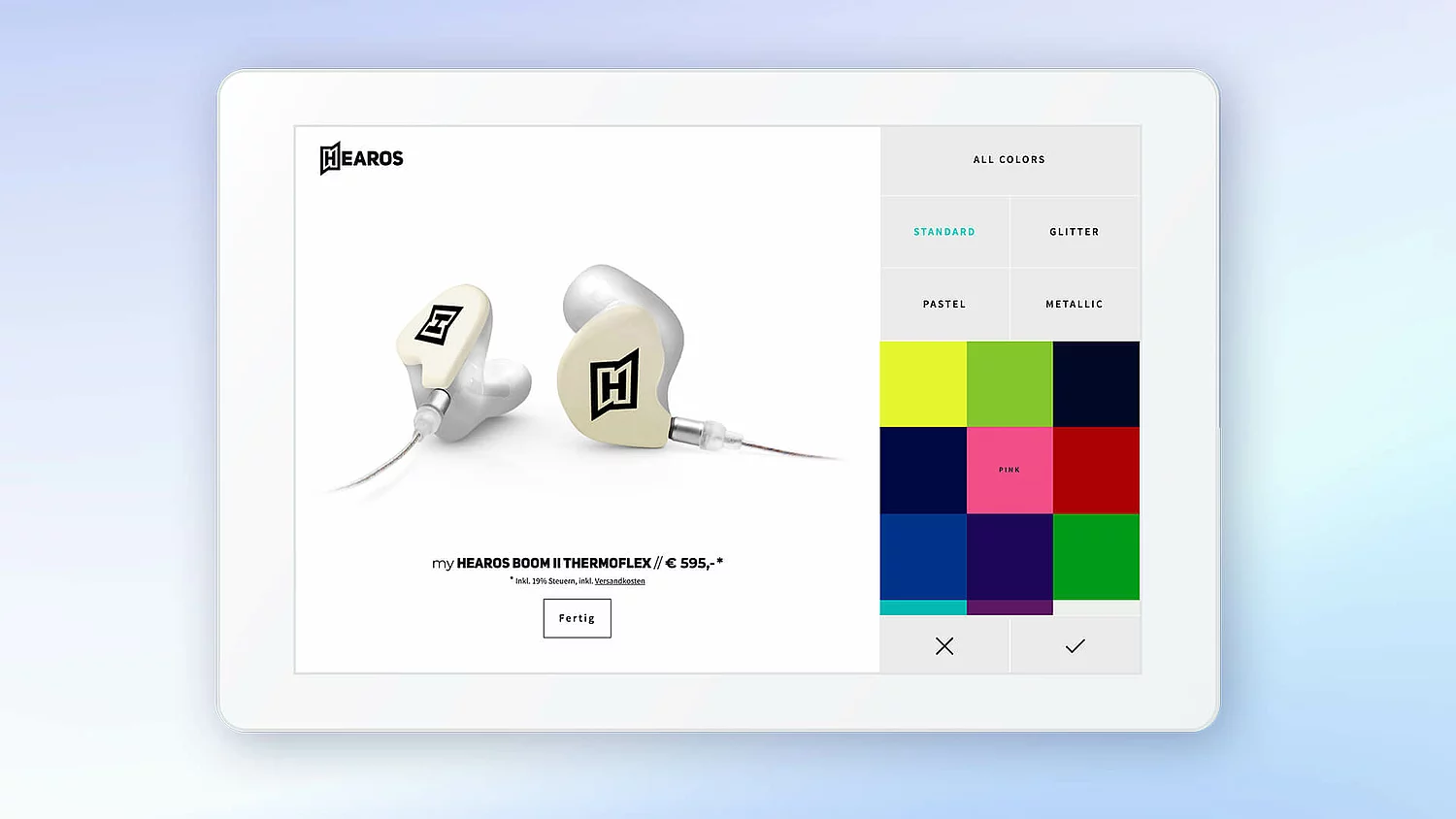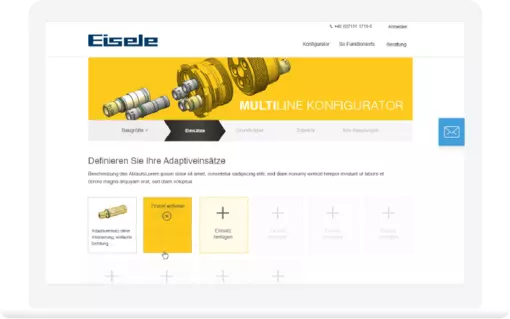What is happening in the field of product configurators?
In the B2C area quite a bit, in the B2B area not yet enough. It has probably never been easier for customers to customize their desired products. The advantages of product configurators are obvious, especially for the B2B sector - but what do companies need to consider when setting them up?
Product configurators in theory
Product configurators are software solutions that can be easily integrated into almost any existing website, app or online store. Your customers will thank you for it, because product configurators help them in the simplest possible way to put together an individual product by selecting and combining different options - and thus to create a new product variant.
To ensure that the user does not get lost in the often enormous selection options, the program offers assistance: Certain selections that would lead to an incorrect product configuration, for example, cannot be selected. In addition, the configurators can be directly linked to the company's own ERP systems, which means that information on product availability is immediately available.
The end result is a customized product: from minor deviations from the standard product to absolutely unique items, these custom products can be offered at affordable prices because they are manufactured using mass production processes.
Incidentally, the information that a user leaves behind in configurators provides companies with important insights into the trends and preferences of their customers.
Good to know
How to find the right product configurator for your business:
- Which functionalities should the product configurator have (only visualization or also ordering?)
- Which products should be sold and which selection options should the customer have?
- Where should the configuration take place (browser, app, etc.?)?
- What configuration rules need to be in place?
- What do pricing rules and quotation calculation look like?
- In which system landscape will the configurator be integrated? (Do the individual components and attributes come from a PIM system? Where will the configuration be stored? Will it be transferred to the ERP system?)
Product configurators in practice
A company's service, marketing and sales departments benefit enormously from the introduction of a product configurator, which relieves them of a large amount of administration and work. This gives companies a decisive advantage over competitors, which is also strengthened by the accompanying customer satisfaction: The use of interaction and individualization creates a positive customer experience, as customers engage with the product in a playful way throughout the configuration process. Even the configuration of a construction machine becomes vivid and the individualization of a multiple coupling an aha experience. Depending on the business field, different configurator types can be used:
- Single component configurators, which only serve to individualize a few limited external or content-related aspects (color, composition in the case of foodstuffs, etc.),
- Offer configurators, which only create an offer after users have individualized and visualized their product,
- variant configurators that allow a selection from only certain, prefabricated components, such as the configurator for the HEAROS in-ear headphones, or
- Product configurators that allow an infinite number of choices and can be used to create individual components tailored to the millimeter.
Conclusion
State-of-the-art applications such as the product configurators presented here should also be increasingly used in the B2B sector, following the example of B2C. Individualization requests, which are decisive for many customers, can thus be implemented efficiently, digitally and automatically. And in addition to customer satisfaction, every company also benefits from the optimized processes, time savings and effective sales capacity utilization - in other words, a win-win situation for customers and companies.



